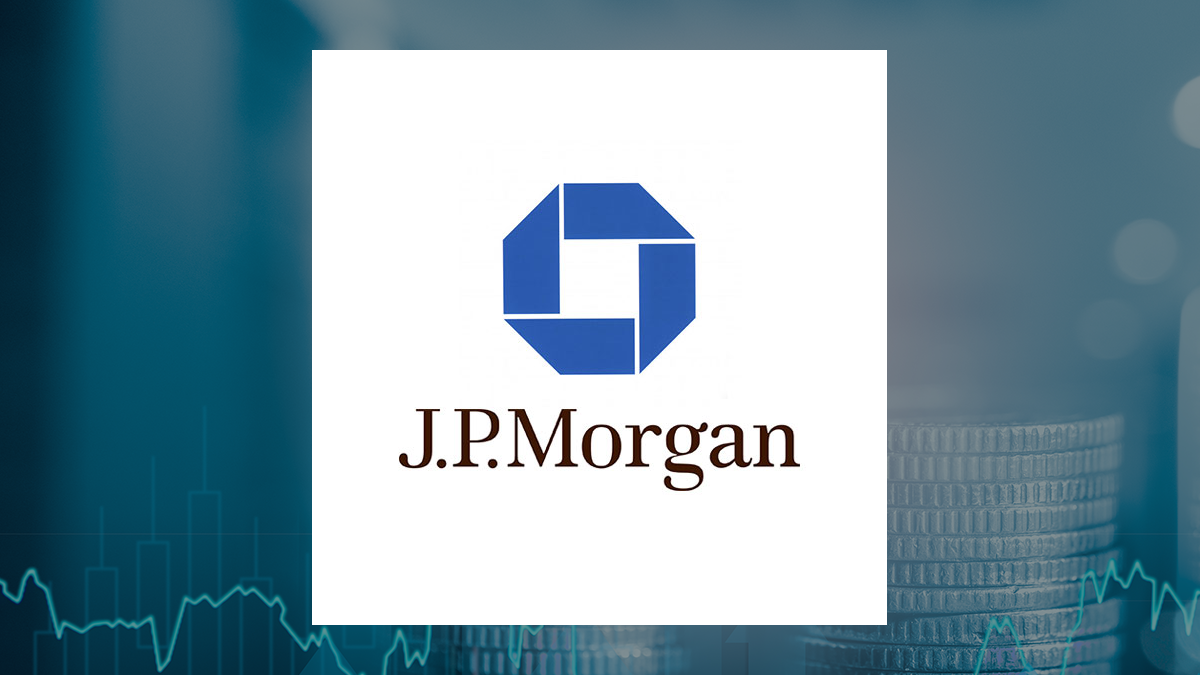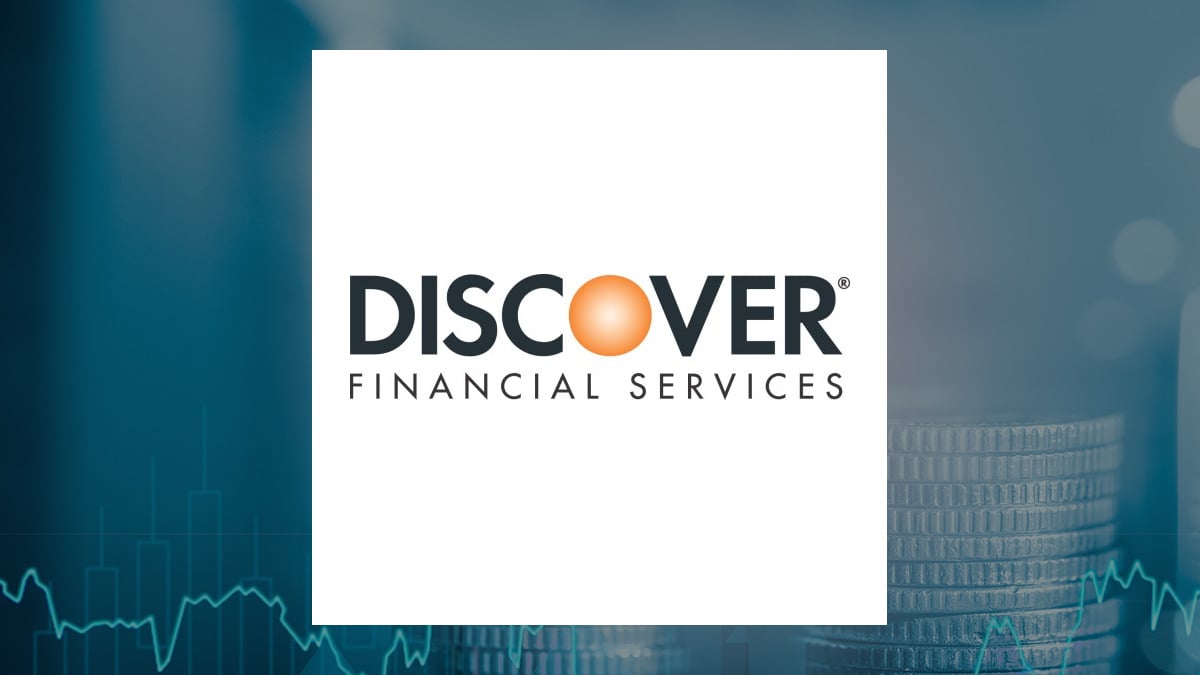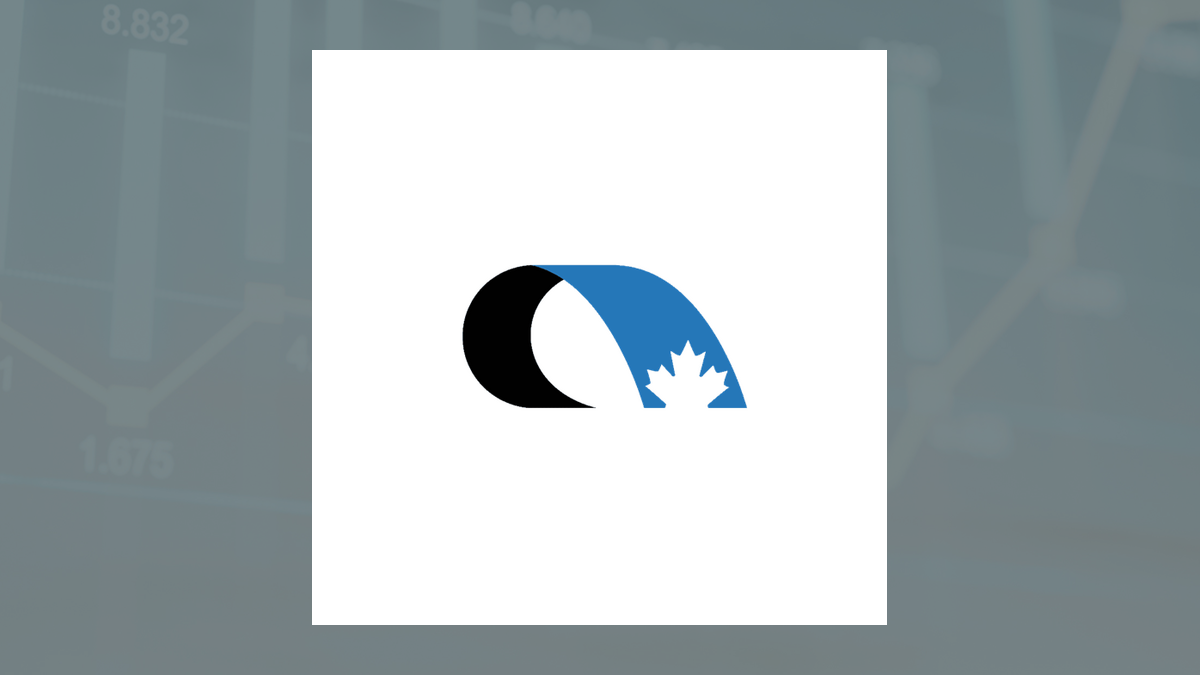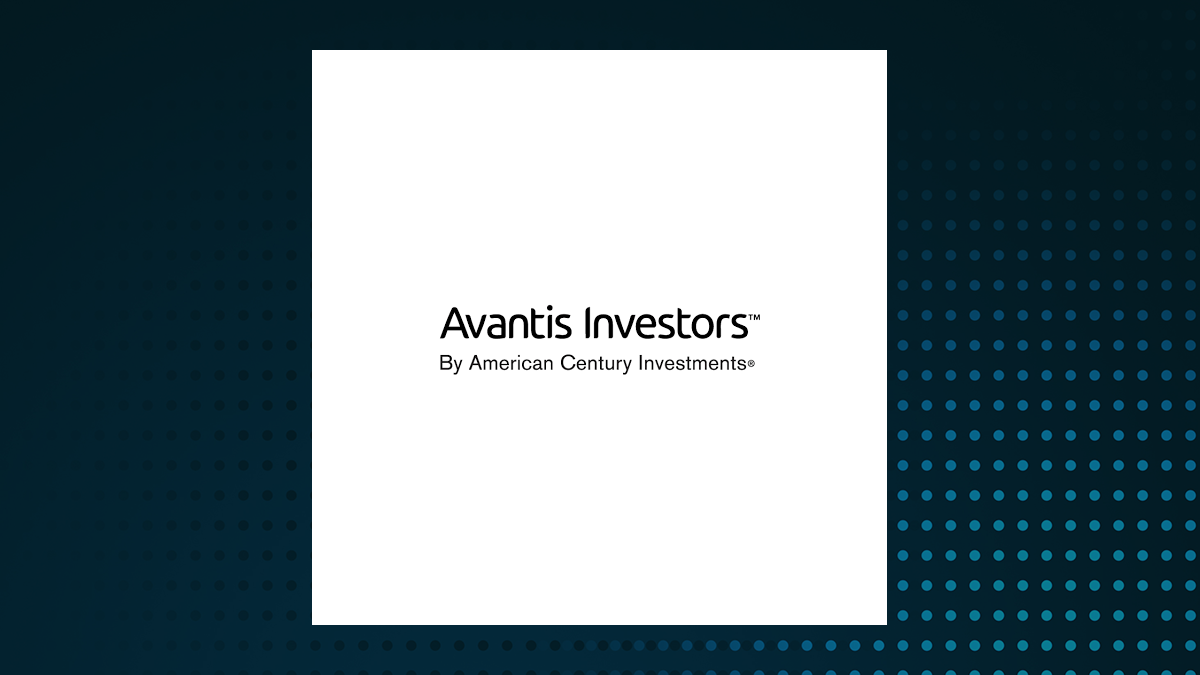
peshkov Written by Nick Ackerman, co-produced by Stanford Chemist Earlier this year we covered Voya Global Advantaged and Premium Opportunity Fund ( NYSE: IGA ), noting that the fund made a switch to a monthly distribution. Also, at that time, the fund increased its distribution yield quite materially as well. Saba Capital Management, a known closed-end fund activist, certainly played a role either directly or indirectly in pushing the fund in that direction.
The activist group has since been selling down its position, but they still carry a 4.26% stake—down from the 6.78% stake owned in mid-March of this year.

IGA is a closed-end fund that invests in a portfolio of equity positions, more tilted toward a value-oriented approach. The fund also has a global tilt and utilizes an options writing strategy to help generate option premiums for its distribution. Since our last update , IGA has performed quite well.
This was helped out materially by the fund's discount narrowing since then. That includes even with a bit more volatility kicking up recently, which tends to drive discount widening in closed-end funds. Then again, just as quickly as the volatility came, it seems to be leaving as the markets press on higher.
IGA Performance Since Prior Update (Seeking Alpha) IGA Basics 1-Year Z-score: 2.11 Discount/Premium: -8.48% Distribution Yield: 11.
12% Expense Ratio: 1.00% Leverage: N/A Managed Assets: $153.72 million Structure: Perpetual IGA's investment objective is "a high level of income; capital appreciation is secondary.
" They intend to write "call options on indexes or ETFs, on an amount equal to approximately 50-100% of the value of the Fund's common stock holdings." The latest overwrite of the portfolio was 49.42%.
The average number of days the fund writes call options was 45 days. Discount Narrowing Increasing the fund's distribution and switching to a monthly payout schedule certainly had the intended effects, as we believed it would. At least, since our prior update, the fund's discount has narrowed materially.
Previously, the fund's discount was around 13.5% with a 1-year z-score of 0.49—which actually indicates it wasn't as much of a bargain in the short term.
A 1-year z-score can be a helpful measurement to know if a fund has run too far too fast in a short period of time. However, a specific catalyst, such as a distribution increase and a change to a monthly payout, will also play a role in what we should expect. That's why even with IGA's 1-year z now sitting at 2.
11, it still isn't looking overly expensive. That said, it has moved into our 'Hold' rating range if we are being picky, as we target a 'Buy' discount of -10%. The fund is also trading around it's longer-term average discount as well.
Of course, again, we could expect this range to narrow going forward due to the distribution policy changes. Ycharts Distribution Likely To Add Pressure To The NAV While the distribution was ramped up significantly, it should be noted that historically, the fund has not been able to cover its distribution. Even when the distribution was lower.
We can look at the annualized performance historically and roughly gauge coverage that way—if the annualized returns are lower than the fund's NAV distribution rate, it generally is going to indicate the fund isn't covering its payout. IGA Annualized Performance (Voya) Further, another simple way to gauge coverage is simply looking at the fund's NAV per share over time. If it is heading lower, that means it isn't able to support its distribution if the NAV is eroding over time.
That is the case with IGA, and I don't see that changing materially going further with an even higher payout now. That doesn't mean that IGA can't deliver a still respectable total return even while the NAV is declining. This happens many times with CEFs; the NAV or share price can decline, but when factoring in the distributions, you still end up positive.
As a simple point, we saw discount narrowing, so even if the distribution wasn't covered, investors were still coming out positive anyway. The fund could also generate 9-10% annualized returns going forward—which could be quite possibly doable if the value-oriented space started performing better—and that would still result in NAV erosion, but most would believe those are attractive enough returns. However, if one is looking for more capital preservation, this likely wouldn't be it.
An alternative could be to reinvest a portion of the distribution, which could help maintain the balance of the holding. Also, a benefit is that the current NAV distribution rate works out to 10.18%, and thanks to still having a sizeable discount, the distribution rate for investors comes to 11.
12%. To cover that distribution, if they can going forward, will require sizeable contributions from capital gains. The fund's net investment income in its last annual report worked out to $0.
26. That was good for NII coverage of around 33% based on the old distribution. With the new distribution, the NII coverage comes to around 25.
5%. IGA Annual Report (Voya) In the prior year, the fund realized losses during fiscal 2024. This came about as the fund's underlying portfolio performed well but was dragged into losses due to its writing options strategy.
IGA Realized/Unrealized Gains/Losses (Voya) The fund writes options on indexes as well as ETFs. An investor (nor a fund) can hold an index directly, and they also don't own the underlying ETFs, which puts them in a situation where they are writing naked calls. If those ETFs and indexes are rising, that can create a scenario where they generate these losses.
On the other hand, they still own individual securities that comprise these indexes and ETFs, so indirectly, they can still be 'covered.' You just end up seeing losses on the written options but then that can be offset by the realized/unrealized appreciation as well. Given this scenario, it can sometimes be beneficial as it comes with the tax advantage of realizing losses but not realizing capital gains within the underlying portfolio.
That can be advantageous because it can generate return of capital distributions, which are tax-deferred distributions as they reduce an investor's cost basis rather than become taxable in the year received. IGA Distribution Tax Classification (Voya) On the other hand, we also know that some of the ROC here is going to be destructive as well. That is, it is ROC because the fund truly wasn't covering its distribution and that resulted in NAV erosion.
IGA's Portfolio The fund's largest geographic weighting is to the U.S., but it still provides significant exposure outside of here as well.
Japan is the second-largest allocation, which is actually a relatively large weighting relative to the other country weights listed. This was similar to what we've seen before, but the United Kingdom has seen some of its allocation decline as it was previously the third largest allocation. IGA Top Geographic Weighting (Voya) Also, on a relative basis, is that international equities are looking like better bargains than their U.
S. peers. That can be helpful as a possible catalyst where international equities could perform better going forward.
Even if they just hold their current valuations and the U.S. equities pull back to come back more in line with historical levels.
As noted within this article, the fund is heavily skewed toward the value-oriented sectors. Financials regularly are the fund's largest overall weighting. The healthcare and industrial sectors also comprise a meaningful weight of the portfolio.
Those are then followed by consumer staples and energy until we finally reach the information technology sleeve at a 6.05% weight. IGA Sector Weightings (Voya) IGA is invested in a highly diversified portfolio.
CEFConnect lists over 250 individual holdings in the fund's latest annual report. In this case, it ends up with each position holding a relatively small weighting in the fund. By the 9th largest position, the percentage holding is already below 1%.
IGA Top Ten Holdings (Voya) That can be helpful if an investor is looking to hold a varied basket of underlying holdings, as no individual position can really derail this fund on its own. It would take a broader market sell-off or market correction to be really harmful to the fund. Conversely, it also means that expecting significant outperformance from such a highly diversified portfolio should be off the table as well.
Conclusion IGA switched to a monthly distribution schedule and increased the payout earlier this year. We expected the fund to see its discount narrow, and it has achieved that now. While the discount is still rather attractive, it has lost some of its appeal, but it is still worth holding at these levels.
In general, the fund provides significant diversification across many equity holdings. However, a primary focus is on the value-oriented sectors as well as providing a tilt toward global exposure. At the CEF/ETF Income Laboratory , we manage closed-end fund (CEF) and exchange-traded fund (ETF) portfolios targeting safe and reliable ~8% yields to make income investing easy for you.
Check out what our members have to say about our service. To see all that our exclusive membership has to offer, sign up for a free trial by clicking on the button below! Nick Ackerman is a former financial advisor using his experience to provide coverage on closed-end funds and exchange-traded funds. Nick has previously held Series 7 and Series 66 licenses and has been investing personally for over 14 years.
He contributes to the investing group CEF/ETF Income Laboratory along with leader Stanford Chemist, and Juan de la Hoz and Dividend Seeker. They help members benefit from income and arbitrage strategies in CEFs and ETFs by providing expert-level research. The service includes: managed portfolios targeting safe 8%+ yields, actionable income and arbitrage recommendations, in-depth analysis of CEFs and ETFs, and a friendly community of over a thousand members looking for the best income ideas.
These are geared towards both active and passive investors. The vast majority of their holdings are also monthly-payers, which is great for faster compounding as well as smoothing income streams. Learn More .
Analyst’s Disclosure: I/we have a beneficial long position in the shares of IGA either through stock ownership, options, or other derivatives. I wrote this article myself, and it expresses my own opinions. I am not receiving compensation for it (other than from Seeking Alpha).
I have no business relationship with any company whose stock is mentioned in this article. Seeking Alpha's Disclosure: Past performance is no guarantee of future results. No recommendation or advice is being given as to whether any investment is suitable for a particular investor.
Any views or opinions expressed above may not reflect those of Seeking Alpha as a whole. Seeking Alpha is not a licensed securities dealer, broker or US investment adviser or investment bank. Our analysts are third party authors that include both professional investors and individual investors who may not be licensed or certified by any institute or regulatory body.
.














